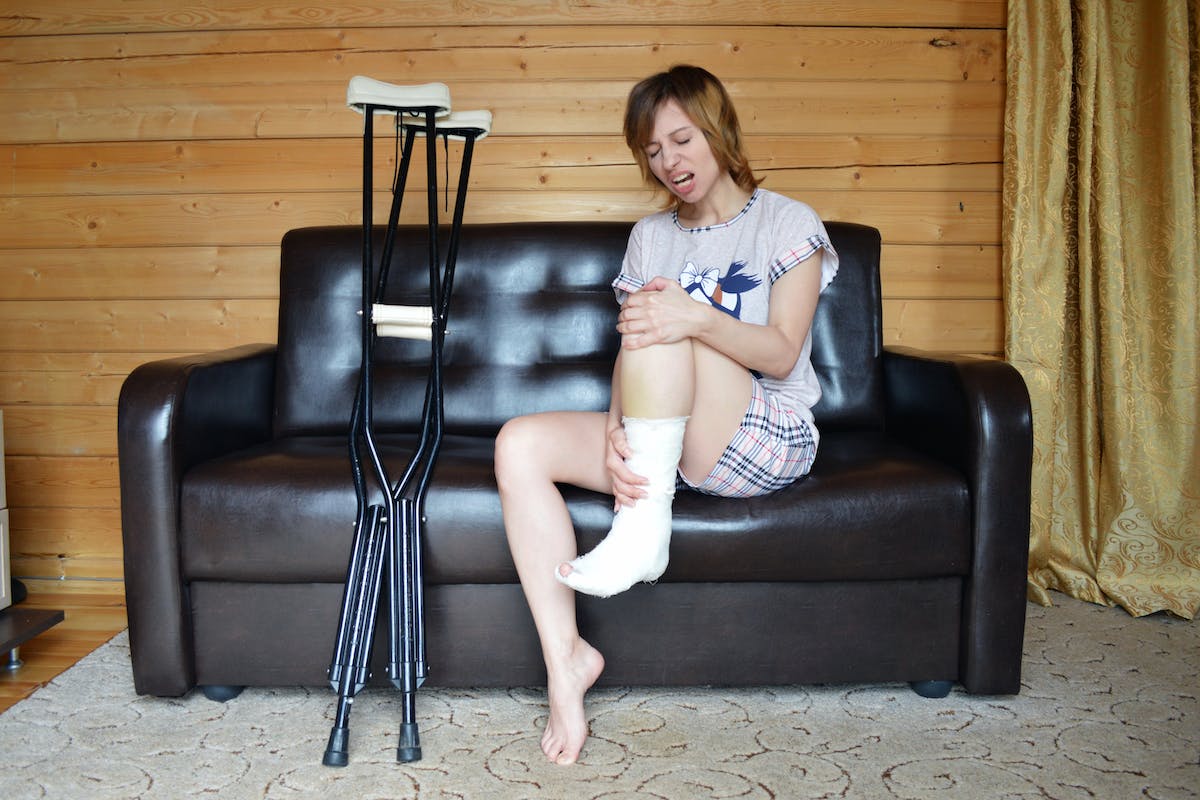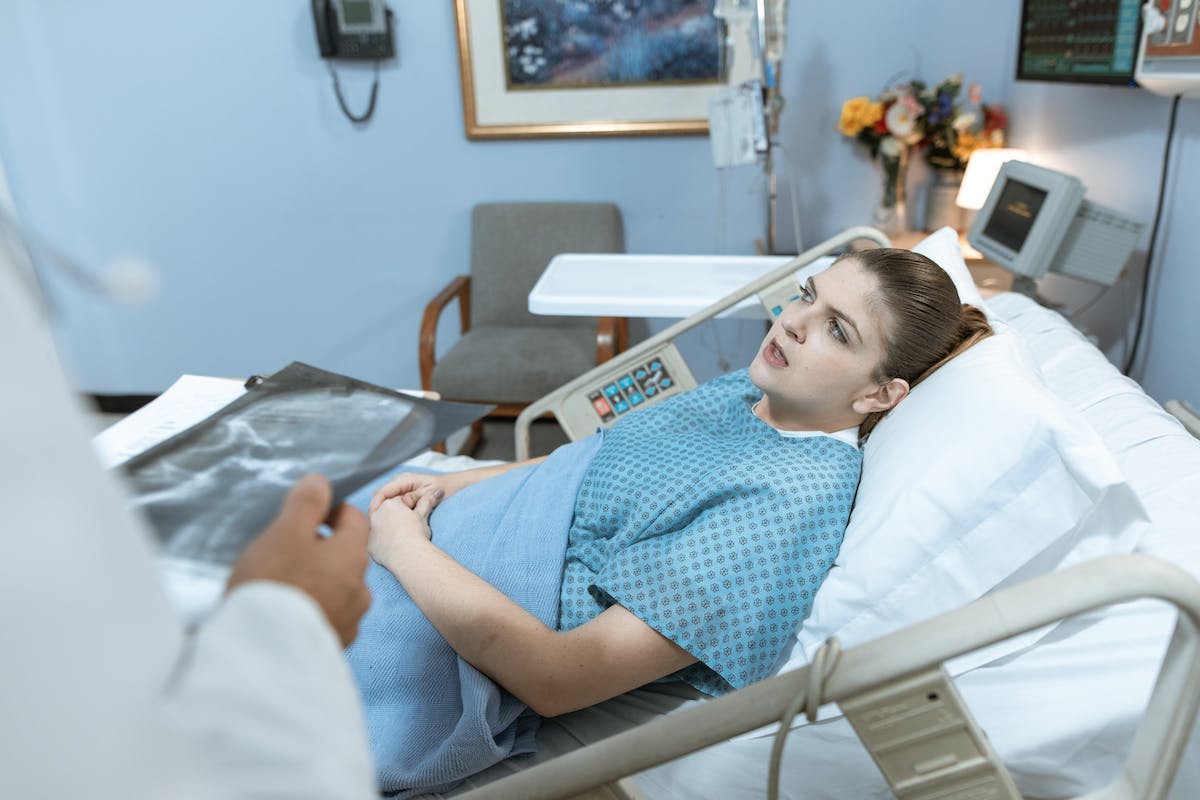Orthopedics, within medical sciences, addresses musculoskeletal system conditions. This system, comprising bones, joints, ligaments, tendons, and muscles, enables human mobility. Orthopedic conditions range from common fractures and sprains to degenerative diseases like osteoarthritis and herniated discs. These conditions significantly impact an individual’s life quality. Understanding these conditions, their causes, symptoms, and available advanced preventative and treatment measures is crucial for informed personal health decisions. This discussion delves into these conditions’ complexities, ensuring clarity and context for NLP and semantic search engines.
Understanding Orthopedic Conditions
Orthopedic conditions encompass musculoskeletal issues like fractures, osteoarthritis, sprains, and herniated discs. They originate from various causes such as trauma, degenerative changes, overuse, and genetic predispositions. These conditions, categorized as Common Orthopedic conditions, require understanding for effective management.
Symptoms of orthopedic conditions typically include pain, swelling, limited mobility, and discomfort. The severity and persistence of these symptoms vary depending on the condition and the person’s overall health. Early diagnosis, which is critical, requires seeking medical attention upon noticing such symptoms.
Treatment for orthopedic conditions varies from rest, physical therapy, medication, bracing to surgery in severe cases. The treatment choice depends on the condition’s severity, the patient’s health status, and personal preferences.
Orthopedic specialists provide specialized care for these conditions. They offer tailored treatment plans, leveraging their knowledge and expertise, which improves outcomes. Understanding orthopedic conditions is crucial for effective treatment.
Most Prevalent Orthopedic Diseases
Orthopedic diseases like fractures, osteoarthritis, sprains, herniated discs, and scoliosis are most prevalent. Each disease offers unique symptoms and a variety of treatment options. Future discussions will delve into these conditions.
Identifying Common Orthopedic Diseases
Orthopedic conditions, such as fractures, osteoarthritis, sprains, and herniated discs, impair individuals’ life quality and mobility, necessitating prompt diagnosis for effective treatment. Each disorder exhibits unique symptoms used in diagnosis and treatment.
- Fractures cause pain, swelling, and movement difficulty.
- Osteoarthritis results in joint pain, stiffness, and reduced motion.
- Sprains lead to pain, swelling, and weight-bearing difficulty.
Each condition demands a distinct treatment strategy: fractures require casting or surgery; osteoarthritis needs medication and physical therapy; rest or the RICE method treat sprains. Understanding these conditions and their symptoms ensures timely, effective treatment.
Treatment Options Explored
Orthopedic conditions, varying in symptoms, have distinct treatments. Fractures, treated via surgery, casting, or immobilization, depend on injury severity. Osteoarthritis management includes medication, physical therapy, and lifestyle changes. Sprains often use the RICE method and physical therapy. Treatment for herniated discs may be conservative, such as physical therapy, or surgical interventions, based on severity. Scoliosis treatment, reliant on curvature severity, can involve observation, bracing, or surgery. The goal in each case is pain alleviation, function restoration, and improved patient life quality.
Recognizing Symptoms of Orthopedic Conditions
Early diagnosis of orthopedic conditions is crucial, made possible by recognizing specific symptoms. These symptoms vary in severity, impacting life quality. Understanding these key symptoms aids in interpreting their severity, thus enhancing treatment outcomes.
Significance of Early Detection
Early detection of orthopedic conditions holds significance for three reasons: prevention of further damage, prompt intervention, and improved treatment outcomes.
- Prevention of Further Damage: Identifying orthopedic conditions early can halt disease progression, avoiding secondary complications.
- Prompt Intervention: Timely detection of symptoms like joint pain or stiffness enables immediate consultation with healthcare professionals, triggering appropriate treatment initiation.
- Improved Treatment Outcomes: Early detection fosters proactive management, resulting in superior long-term outcomes.
Thus, understanding the importance of early detection enhances life quality and minimizes complications risk.
Common Orthopedic Symptoms
Recognizing orthopedic symptoms early is vital. Fractures show pain, swelling, and limited movement. Osteoarthritis, a common orthopedic condition, presents joint pain, stiffness, and reduced motion range. Sprains express pain, swelling, and weight-bearing difficulty due to sudden twist or stretch. Herniated discs cause back and leg pain from ruptured discs; Scoliosis, a spinal sideways curvature, results in uneven shoulder or hip heights. Prompt symptom recognition leads to timely orthopedic condition intervention.
Interpreting Symptom Severity
Orthopedic conditions’ symptom severity, such as pain, swelling, restricted motion, and movement difficulty, guides treatment strategies. Orthopedic doctors crucially interpret this severity.
- Timely intervention, preventing complications, necessitates symptom severity acknowledgment.
- Assessing severity requires understanding the impact on daily activities.
- Symptom changes monitoring informs treatment effectiveness and guides adjustments.
Causes Behind Orthopedic Disorders
Orthopedic disorders stem from various factors such as trauma, repetitive movements, genetics, and age. Injuries or overuse impact the musculoskeletal system, affecting joints, bones, muscles, ligaments, tendons, and nerves.
Repetitive motions, prevalent in some jobs or sports, could lead to disorders like carpal tunnel syndrome or tennis elbow over time. Genetics significantly influence predisposition to conditions like osteoarthritis or rheumatoid arthritis.
Age contributes majorly to orthopedic disorders. As we age, the musculoskeletal system’s natural deterioration can trigger degenerative conditions like osteoarthritis, the breakdown of joint cartilage. Lifestyle factors, such as obesity and smoking, can intensify these conditions, escalating orthopedic disorder likelihood.
Comprehending these causes is vital for effective orthopedic disorder prevention and management, fostering strategies to reduce risk factors and bolster musculoskeletal health.
Treatment Options for Orthopedic Diseases
Orthopedic disease treatment options depend on the specific ailment and its severity, and may include medication, physical therapy, lifestyle modifications, or surgery.
- Medication and physical therapy are used to manage pain, reduce inflammation, and restore mobility in acute injuries and chronic conditions.
- Lifestyle modifications, including rest, ice, compression, and elevation (RICE) for acute injuries or weight management and exercise for chronic issues like osteoarthritis, can help.
- Surgery, ranging from arthroscopic to extensive procedures such as Replacement Surgery, is recommended in severe cases.
Orthopedic surgeons diagnose and treat a wide spectrum of orthopedic diseases, from sprains and fractures to complex conditions like scoliosis and herniated discs. Their expertise ensures optimal patient treatment plans.
Orthopedic Injuries Prevention Strategies
Orthopedic injury prevention strategies boost musculoskeletal health and cut injury risk. Endorsed by Sports Medicine, these strategies involve regular strength and flexibility exercises. Improved musculoskeletal health decreases injury risk and sustains healthy body weight, reducing joint strain.
Appropriate protective gear during physical activities prevents trauma, a common orthopedic injury cause. Practicing proper body mechanics and lifting techniques eliminates muscle strain, another frequent injury contributor.
Professionals offer personalized injury prevention plans tailored to individual needs, addressing existing musculoskeletal issues to prevent further damage.
The RICE Method (rest, ice, compression, elevation), suggested post-injury, manages pain, decreases swelling, and accelerates healing. Incorporating these strategies maintains musculoskeletal health and wards off severe orthopedic conditions.
Role of Orthopedic Surgery
Orthopedic surgery crucially addresses fractures, herniated discs, scoliosis, and more, restoring patient mobility and relieving pain. It treats shoulder and knee conditions, often necessitating specialist surgeon expertise.
- Orthopedic surgeons use advanced methods like joint replacement and minimally invasive procedures, optimizing patient benefits by improving function and quality of life.
- Shoulder conditions such as separation, frozen shoulder, and impingement syndrome often require surgical treatment, promising patients a pain-free life.
- In cases of knee injuries and disorders like torn meniscus and ACL, surgery is typically the optimal solution. These interventions restore knee function, allowing patients to regain movement and resume daily routines.
Rehabilitation and Recovery Process
The rehabilitation and recovery process is pivotal for patients with orthopedic conditions or injuries. It involves a personalized treatment plan, including physical and occupational therapy, and home exercises. Nutrition, hydration, and a balanced diet support the body’s healing during rehabilitation. Activities and exercises are gradually increased to prevent re-injury, supporting sustained recovery. Open communication between healthcare providers and patients and active participation in the program optimize recovery outcomes. The process, a cornerstone of clinical care, empowers patients to regain pre-injury functionality, overcome challenges, and return to daily life.
Frequently Asked Questions
What Is a Common Orthopedic Problem?
“Fracture, osteoarthritis, sprains, herniated discs, and scoliosis represent common orthopedic issues. Diagnosis involves physical examination and imaging tests. Prevention strategies encompass regular exercise, healthy diet, and avoiding risky activities.”
What Is the Most Common Orthopedic Injury?
“A fracture is the most common orthopedic injury. It’s typically caused by trauma. Injury prevention and rehabilitation, including casting, surgery, and immobilization, are crucial for proper healing and optimal functionality restoration.”
What Is Considered an Orthopedic Condition?
Orthopedic conditions are disorders or injuries of the musculoskeletal system. Diagnosis is crucial for determining treatment that can vary from conservative care to surgery.
What Is the Most Common Form of Orthopedic Trauma?
Orthopedic trauma’s most common form is fractures, as indicated by emergency room data. Implementing effective trauma prevention strategies can greatly decrease both the incidence and severity of these injuries, thereby improving patient health outcomes.



